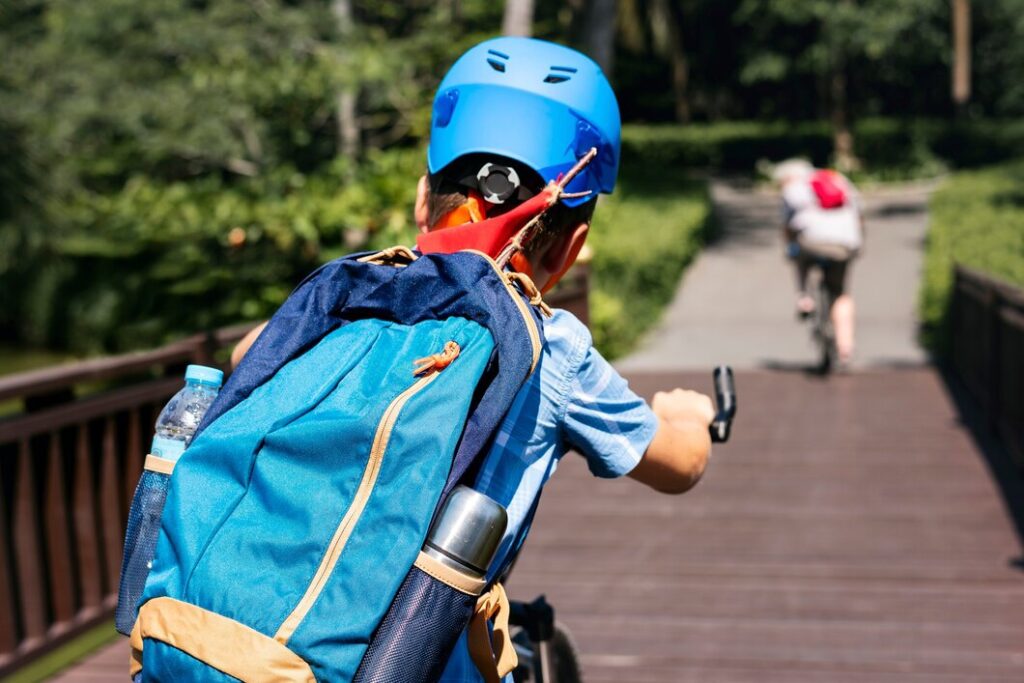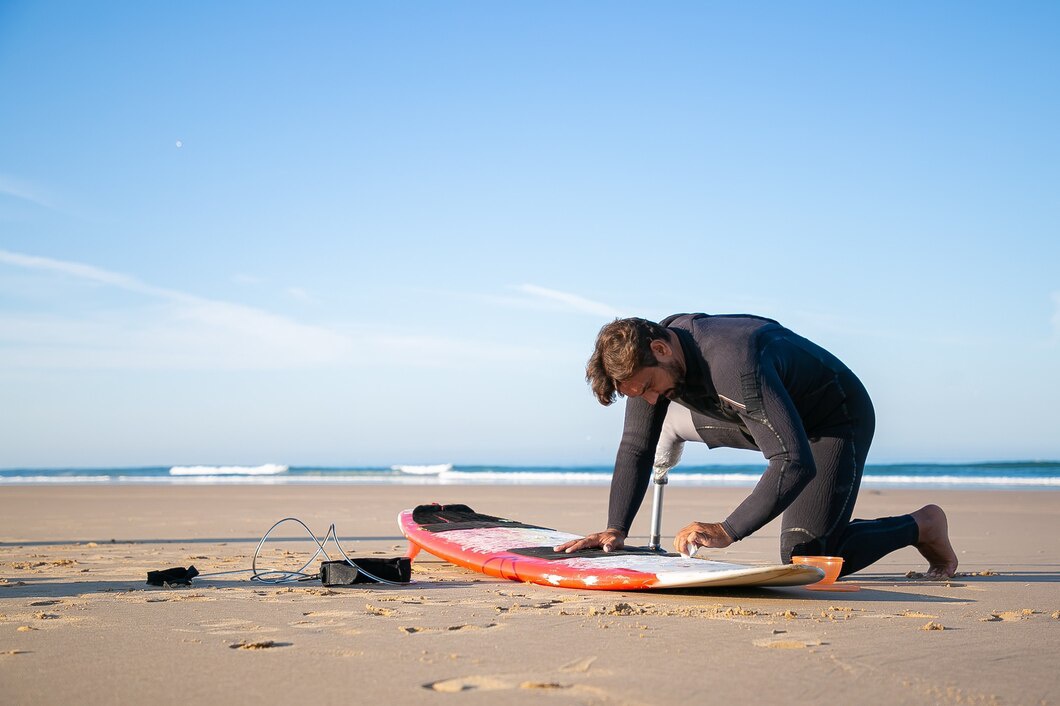The Travel Blog

How to Stay Safe During Extreme Sports Activities
Thrill Without the Spill
Extreme sports are addictive. Whether you’re leaping off cliffs, carving powder on a snowboard, or plummeting through the sky, they bring unmatched freedom—and serious risk. But the difference between a life-changing adventure and a hospital visit? That’s smart safety planning.
With proper gear, preparation, and risk management in extreme sports, you can minimise danger while maximising the experience. This guide will walk you through how to stay safe during extreme sports activities, using research, real-world insights, and protective gear essentials that every adrenaline-seeker should know.
Understanding the Core: Why Adventure Sports Demand Specific Safety
Unlike traditional sports, adventure sports happen in unpredictable environments—from rugged terrain to open skies or roaring waters. They carry inherent physical risk that must be mitigated through proactive safety measures.
The Unique Safety Risks of Extreme Sports:
- Environmental variables: altitude, weather, water currents
- High physical demand: fatigue or misjudgment can be fatal
- Limited access to emergency services
- Variable safety regulations depending on the country or region
A report by the International Extreme Sports Medicine Association found that 90% of accidents in adventure sports are due to poor preparation or failure to use safety equipment properly.
Quick Reference: Extreme Sports Safety Checklist
- Know the specific risks of your chosen activity
- Wear appropriate, well-maintained protective gear
- Listen to your guide or instructor, especially on first-time attempts
- Complete waivers with full understanding of terms
- Do a pre-activity safety check (gear, weather, physical condition)
- Never go solo—always inform someone of your plan
- Carry emergency communication (radio, mobile, GPS tracker)
- Know basic first aid and CPR
- Respect weather warnings—don’t push your luck
- Train mentally to manage fear and react under pressure
Step-by-Step Guide: How to Practise Adventure Sports Safely
Step 1: Research Your Sport
Each extreme activity comes with unique challenges.
Study:
- Common injuries
- Environmental hazards
- Local safety protocols
Example: In white-water rafting, cold water shock is as dangerous as the rapids themselves.
Step 2: Select a Reputable Operator
If you’re not going solo (and even if you are):
- Choose licensed, insured adventure companies
- Check reviews for safety records
- Ask about guide-to-participant ratios and emergency protocols
Look for certifications from bodies like:
- UIAA (mountaineering)
- PADI (scuba diving)
- IRF (rafting)
Step 3: Use the Right Protective Gear
| Activity | Key Gear Items |
|---|---|
| Mountain Biking | Helmet, gloves, pads, bright clothing |
| Snowboarding | Helmet, wrist guards, layered clothing |
| Skydiving | Full jumpsuit, goggles, altimeter, helmet |
| Rock Climbing | Harness, helmet, belay device, chalk, rope |
| Surfing | Leash, wetsuit, reef-safe sunscreen |
Secret Tip: Double-check gear fit and functionality before use.
Step 4: Do a Safety Warm-Up
Before jumping into action:
- Stretch and warm up joints
- Visualise the activity
- Test your equipment
- Run through the escape plan or signal protocols
Pro Tip: Mental clarity helps reduce risk more than sheer strength ever will.
Step 5: Know Your Limits—and Respect Them
Don’t let pride or peer pressure push you too far.
Stop if:
- You feel dizzy, disoriented, or unusually tired
- Conditions deteriorate (fog, rain, wind)
- You notice damaged gear or unclear instructions
Risk escalation is not bravery—it’s a gamble.
Common Mistakes to Remember

Avoid These Common Pitfalls:
- Wearing ill-fitting gear (especially helmets and harnesses)
- Ignoring safety briefings
- Skipping insurance—always get coverage for adventure activities
Expert Insight: “Overconfidence is the number one injury trigger in extreme sports. Even seasoned pros run checks every single time.” – Dane H., Professional BASE Jumper
Best Practices & Additional Insights
Safety is not a one-time action—it’s an ongoing discipline. To enhance your security on every expedition.
Follow these lesser-known but powerful practices:
- Train regularly for your chosen sport – fatigue and poor technique increase accident risk.
- Build emergency response muscle memory – practise mock drills to know how you’ll react in real-time.
- Learn to read nature’s cues – changes in cloud shape, wind direction, or water clarity often signal environmental shifts.
- Don’t neglect nutrition – carry high-energy snacks and electrolyte support for endurance.
- Review past incidents in your sport – many organisations publish accident reports. Analysing them can help you avoid repeating others’ mistakes.
- Plan for altitude or climate changes – especially on multi-day or high-elevation expeditions. Your body needs time to adjust.
Tech & Safety: Smart Gadgets to Consider
Technology now plays a major role in keeping adventurers safe.
Consider adding these to your kit:
- Smartwatches with GPS and SOS functions (e.g., Garmin, Suunto)
- Action cams with live feed options for real-time updates
- Satellite communicators (like Garmin inReach or SPOT) are recommended if venturing into remote areas
- Apps like FATMAP or AllTrails to track routes, share location, and log emergency info
Important: These tools don’t replace training or preparation, but they significantly increase the chance of quick rescue and location in emergencies.
FAQs
What’s the most important safety item in extreme sports?
Your mindset. Preparation, risk assessment, and calm thinking will serve you more than any gear item.
Can beginners do extreme sports safely?
Yes—but only with trained guides, intro-level courses, and a full safety briefing.
Is travel insurance enough for extreme sports?
Standard policies usually don’t cover high-risk activities. Get specialist coverage that lists your intended sports.
How do I stay calm in high-risk situations during extreme sports?
Practice controlled breathing, focus on one step at a time, and visualise safe outcomes before the activity begins. Mental prep is just as important as physical gear.
Should I take a safety course before trying an extreme sport?
Absolutely. Many reputable providers offer beginner safety classes that can drastically reduce your risk and increase confidence before your first real adventure.
Conclusion: Adventure is Worth It—When It’s Safe

Extreme sports challenge your limits, but they should never cost you your safety. With the right gear, awareness, and respect for your environment, you can chase that adrenaline rush confidently and responsibly.
Planning your next high-octane escape? Bookmark this safety guide, share it with your adventure crew, and make smart decisions that keep your thrills injury-free.









